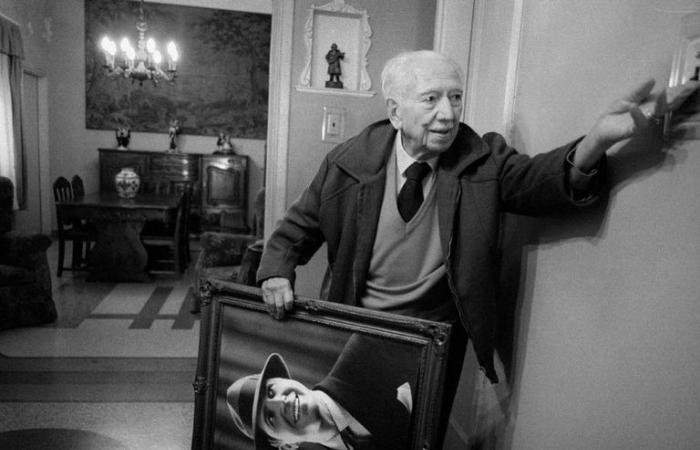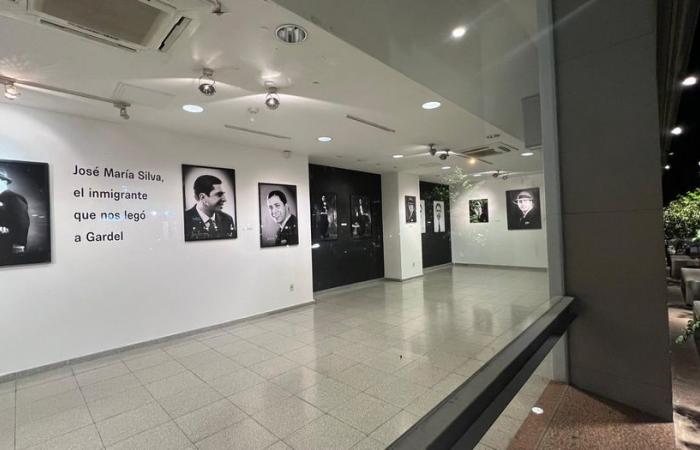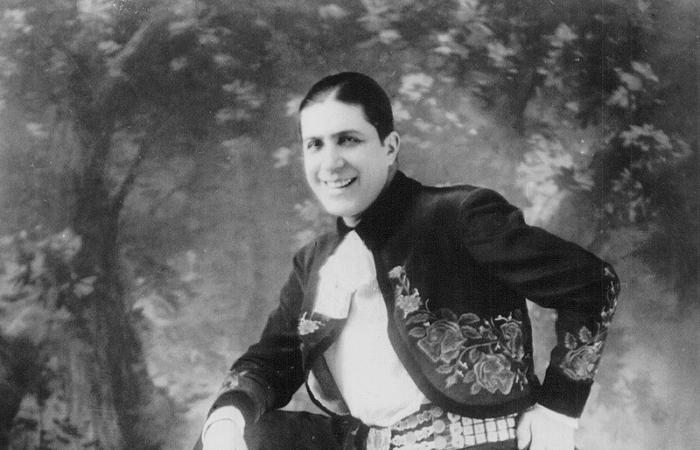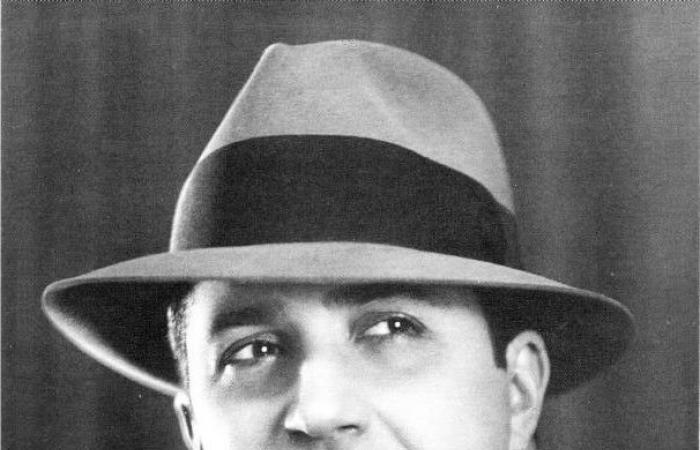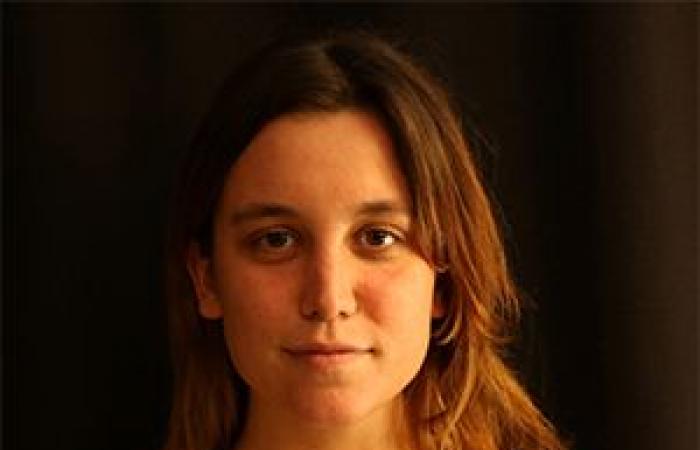By Sofia Durand Fernandez
sofdurfer
The origin of Carlos Gardel is disputed, to this day, between three countries: France, Uruguay and Argentina. But, when thinking about him, the collective unconscious refers to a single photograph, taken in 1933, and the place where it was taken is marked on the map of Montevideo.
“Not even the gringos can photograph me better than you,” the singer once told José María Silva, who was not only the author of “the most famous photo of Gardel,” but also his favorite photographer. In the Silva studio, located between Rondeau and Uruguay avenues, the evolution of the Zorzal Criollo’s career was captured under the same lens. Now, and within the framework of Uruguay’s 300th anniversary, the Museum of Art History is exhibiting this journey until July 20.
Born in Galicia in 1897, he arrived in Uruguay at the age of 6. “He arrived with nothing but his hands on his back,” says Leo Barizzoni, photographer and curator of the exhibition “José María Silva, the immigrant who bequeathed Gardel to us.” An important part of the city’s history includes those immigrants who helped shape it. María José Bolognini, director of MuHAr, believes that he was a protagonist who deserved visibility through his photography.
Like so many immigration stories, Silva had to work from a very young age. At 14 years old, and wearing a long tunic to make him look older, he began as an apprentice and assistant at Lafotografia del Indio. By 1917, he was doing most of the studio’s commissions.
It was in that same year that a representative arrived with two singers. A duo whose members were known as “El Morocho del Abasto” and “El Oriental”. “Gardel was not Gardel, he did not sing tango, he sang country songs at what is called the end of the party with Razzano,” explains Barizzoni. At a time when photography studios were all the rage in Montevideo, the task of photographing an artist had a different purpose than today. The pieces were used for promotional purposes.
Gardel dressed in a white shirt and black tie, with a more youthful countenance and without the characteristic smile, which betrayed his star quality. Those photos would be just the beginning of the bond between the singer and the photographer. Barizzoni affirms that it was a strictly commercial one, in the words of Silva himself, but a very good one: “Whenever he came to Uruguay, among all the things he did, he saved time to take photos with him.”
1917 was also the year in which “El Mago” recorded a tango for the first time, “Mi noche triste”. The exhibition also displays full-length portraits, dating from 1923, in which the singer can be seen dressed as a gaucho. That year, the Gardel-Razzano duo made their first tour of Europe. The costumes were a strategy, based on the idea that the international public had of Argentina.
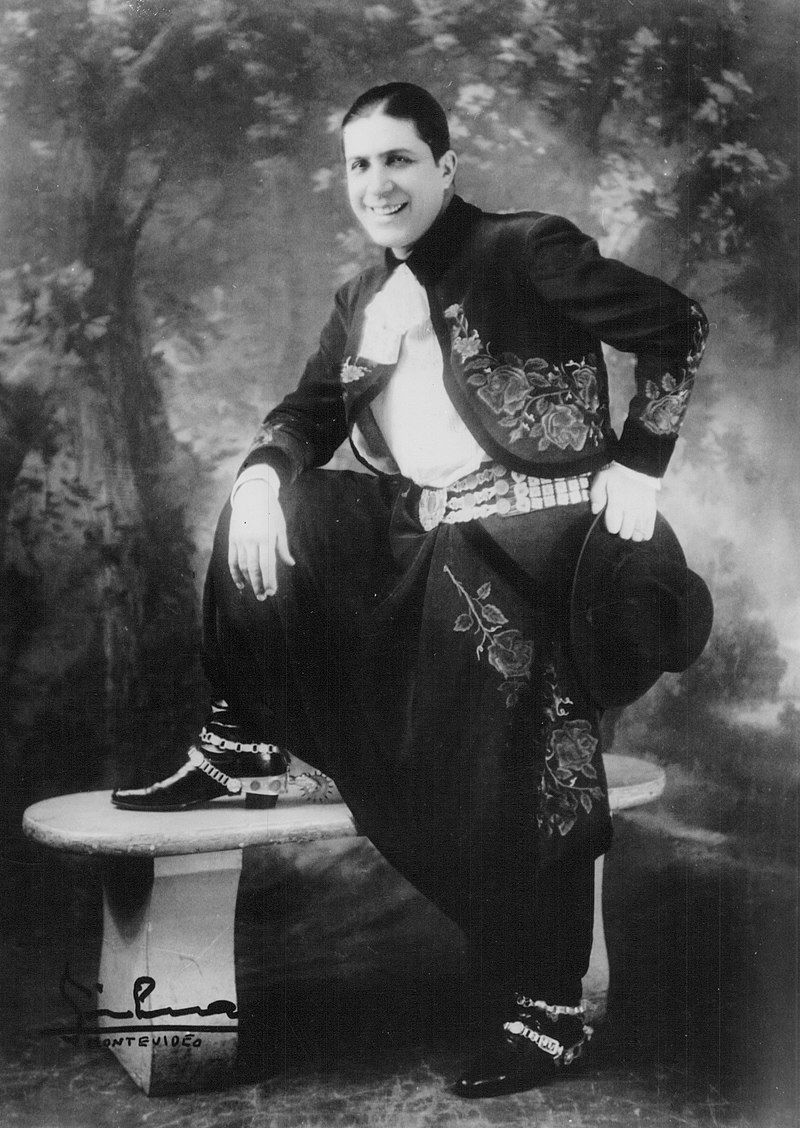
Photo: José María Silva (1923)
In a television interview with Juan Carlos López, Silva acknowledged that Gardel was the easiest artist to photograph: “He let the photographer do what he wanted; he was different from other artists who think they know everything and know nothing, because being in the theater is not the same as taking a photograph. Gardel was tremendously photogenic and had an extraordinary ability to pose, which made my job easy and rewarding. His smile lit up his whole face.”
In 1925, Gardel continued his career as a soloist, due to a laryngeal injury of Razzano. In 1930, he ventured into cinema. In 1934, Cuesta Abajo was released, a film starring him, with Paramount in the production and whose script was written by Alfredo Le Pera.
“Silvita”, as Zorzal called her, became independent and opened her own studio. Not only did she take photographs of her, but Gardel also commissioned reproductions from her. When he began to be a massively recognized artist, she would ask him for several copies to give to viewers when he performed live. Some were also used to make posters.
“Delighted to have posed for the great artist Silva. With admiration, Carlos Gardel”, can be read in one of the pieces that make up the exhibition.
“I was a link,” says Barizzoni, who had the opportunity to meet Silva and is the author of the photograph on the exhibition poster. In it, “Silvita” is at home, with a portrait of Gardel under her arm.
With access to the original file, Barizzoni carried out a meticulous job: “There is not a single pixel invented, because the quality with which people were working at that time was incredible. What I did was reproduce photographically. Take a photo of the negative with the highest quality in terms of technical issues: low ISO, closed aperture and specific lens.” Regarding the selection, he stated that no session was left out. “The things that were left out are annexes that finish telling a story, but Gardel-Silva is this. There are no other things and if there were, they are not there,” he explained.
The photographer recognizes that this work was possible thanks to the conservation of the original archives, maintained by the Silva family, since, without them, the level of quality obtained would not have been possible. “When you get the negative, you have all the information, it is the mother file,” he explains.

Photo: Jose Maria Silva (1933)
The idea came from María Inés Obaldía, the director of Culture of the Municipality of Montevideo, who had a very close relationship with Silva. According to Bolognini, it was something that Obaldía had wanted to do for a long time and framing it in the 300 years of Montevideo presented itself as a great opportunity.
Carlos Gardel died on June 24, 1935 in a plane crash. He was 44 years old. He was accompanied by, among others, Alfredo Le Pera and Guillermo Barbieri, his guitarist. Like his birthplace, his final resting place was equally disputed. First, he was buried in Medellín. Then, after being repatriated, he was laid to rest in the United States and buried in the Chacarita Cemetery, located in Buenos Aires.
José María Silva photographed personalities such as Juan Domingo Perón and, as a photojournalist, covered the final match of the 1930 World Cup. He worked in his studio until 1994 and died in 2000 at the age of 102. He never charged a cent for the reproduction rights to Carlos Gardel’s photographs.
Today, the photograph of Carlos Gardel taken in 1933 travels around the world as a seal and testimony of that figure who generated a furor, even before the arrival of the Beatles and Elvis.
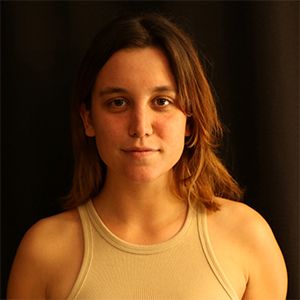 By Sofia Durand Fernandez
By Sofia Durand Fernandez
sofdurfer

